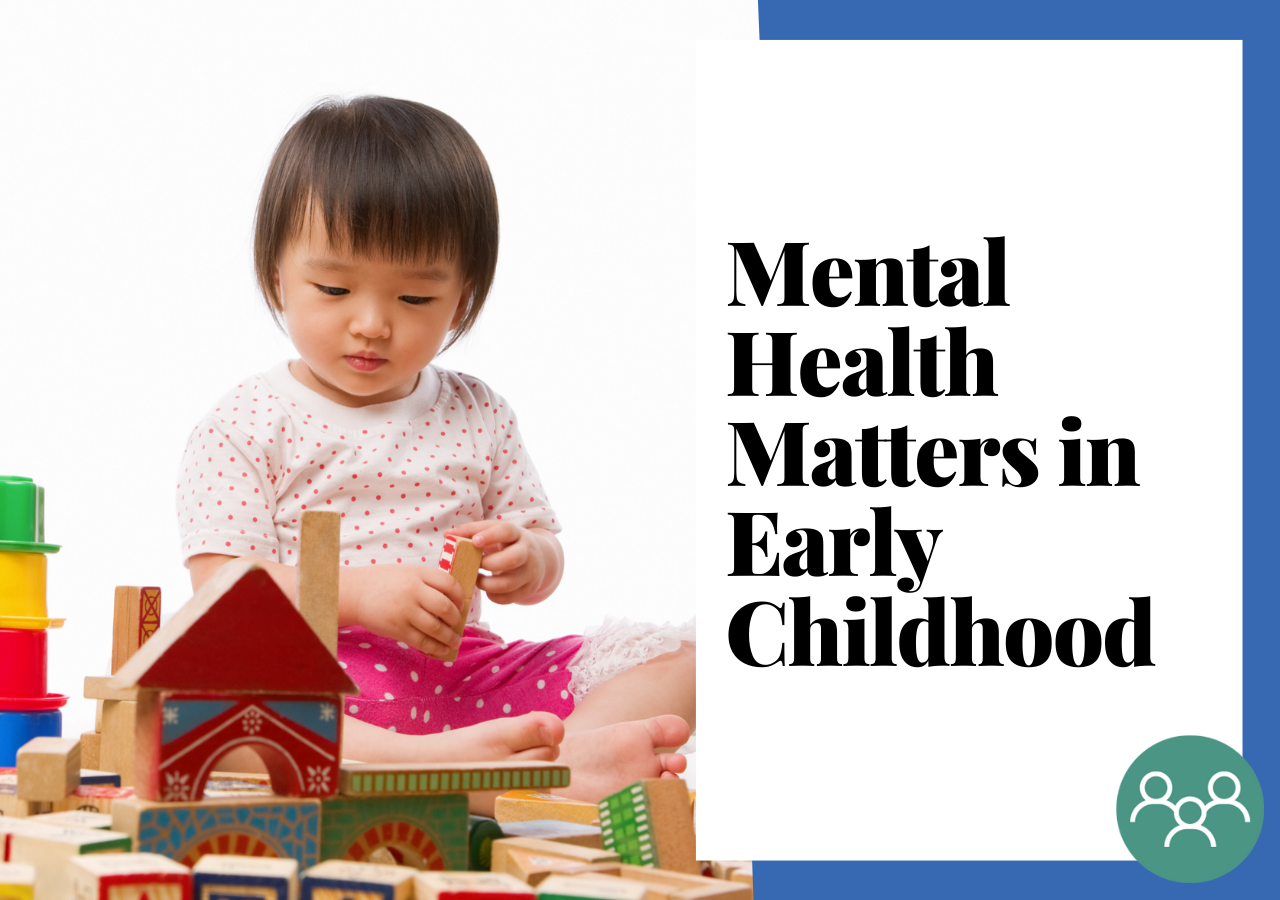Protecting Our Future: Why Investing In Childhood Mental Health Matters

Table of Contents
The Growing Prevalence of Childhood Mental Health Issues
Understanding the Rise in Anxiety and Depression
The rates of anxiety and depression in children and adolescents are alarmingly high and continue to rise. Contributing factors are complex and multifaceted, encompassing: increased academic pressure, the pervasive influence of social media, family stressors, and societal changes. This rise significantly impacts a child's development, potentially leading to long-term difficulties.
- Statistics on rising rates: Studies show a substantial increase in diagnoses of anxiety disorders, depression, and ADHD in recent years. Specific numbers vary by region and diagnostic criteria but consistently point towards a concerning trend.
- Examples of common childhood mental health issues: Anxiety disorders manifest as excessive worry, phobias, or panic attacks. Depression presents as persistent sadness, loss of interest, and changes in sleep or appetite. ADHD involves inattention, hyperactivity, and impulsivity.
- Long-term effects: Untreated mental health problems in children can lead to difficulties in forming healthy relationships, academic underachievement, substance abuse, and increased risk of developing severe mental illnesses in adulthood.
The Impact on Academic Performance and Social Development
Childhood mental health significantly impacts academic success and social development. Children struggling with mental health challenges often experience:
- Difficulties in school: Reduced concentration, absenteeism, and poor academic performance are common.
- Strained relationships: Mental health issues can affect a child's ability to build and maintain healthy relationships with peers and family members. Social isolation and bullying can exacerbate existing problems.
- Lowered self-esteem: Children facing mental health challenges may experience decreased self-worth and confidence, affecting their overall well-being.
Early identification and intervention are crucial to mitigate these negative impacts and help children thrive academically and socially. Early support can significantly improve outcomes and prevent long-term difficulties.
The Long-Term Consequences of Neglecting Childhood Mental Health
Adult Mental Health and Well-being
Untreated childhood mental health issues significantly increase the risk of developing severe mental illnesses in adulthood. The consequences can be severe and far-reaching:
- Examples of adult mental health conditions linked to childhood trauma or untreated mental health problems: Major depressive disorder, anxiety disorders, substance abuse disorders, personality disorders, and even increased risk of suicide.
- Economic and social costs: The societal costs associated with untreated mental health issues are substantial, encompassing healthcare expenses, lost productivity, and increased social service utilization.
Addressing childhood mental health proactively is a cost-effective strategy in the long run.
The Ripple Effect on Society
Neglecting childhood mental health has far-reaching societal consequences:
- Increased healthcare costs: The cost of treating severe mental illnesses in adulthood is far greater than investing in early intervention and prevention.
- Lost productivity: Untreated mental health issues can lead to reduced workforce participation and diminished economic contribution.
- Social instability: Mental health challenges can contribute to social problems such as crime, homelessness, and family breakdown.
Investing in preventative measures is not merely a humanitarian imperative; it is a sound economic and social investment.
Investing in Effective Solutions for Childhood Mental Health
Early Intervention and Prevention Programs
Early identification and intervention are essential for positive outcomes. This involves:
- School-based screenings: Regular mental health screenings in schools can help identify children who need support.
- Community resources: Accessible and affordable mental healthcare services for children and families are crucial.
- Parent education initiatives: Educating parents about child mental health can empower them to recognize signs and seek help early.
- Examples of successful early intervention programs: Many evidence-based programs demonstrate the effectiveness of early intervention. These programs often incorporate a multi-faceted approach involving families, schools and mental health professionals.
Ensuring accessible and affordable mental healthcare for children is a fundamental step towards a healthier future.
The Role of Families, Schools, and Communities
A collaborative approach is vital. Families, schools, and communities all have a crucial role to play:
- Examples of community initiatives: Community-based programs, support groups, and awareness campaigns can create supportive environments and reduce stigma.
- Role of educators, parents, and community leaders: Educators can provide a supportive learning environment; parents can provide a nurturing home; and community leaders can advocate for policies that prioritize children's mental well-being.
Creating a supportive and understanding environment is key to promoting children's mental health and well-being.
Conclusion
Investing in childhood mental health is not just about treating existing conditions; it's about building a foundation for a healthier, more productive, and more resilient future. The growing prevalence of mental health challenges in children demands a comprehensive and proactive response. Ignoring these issues carries significant long-term consequences for individuals, families, and society as a whole. Protecting our future requires a collective commitment to improving children's mental health. Learn more about available resources in your area, support relevant organizations like the [insert relevant organization name here], and advocate for policies that prioritize early childhood mental health. Let's work together to build a brighter future for our children and youth.

Featured Posts
-
 Pm Modis Upcoming France Visit Key Events And Discussions
May 03, 2025
Pm Modis Upcoming France Visit Key Events And Discussions
May 03, 2025 -
 Justice Departments Decision To End School Desegregation Analysis And Concerns
May 03, 2025
Justice Departments Decision To End School Desegregation Analysis And Concerns
May 03, 2025 -
 Syracuse Hazing Scandal 11 Lacrosse Players Face Charges
May 03, 2025
Syracuse Hazing Scandal 11 Lacrosse Players Face Charges
May 03, 2025 -
 Impact Of Tariffs On Brookfields Us Manufacturing Investment Plans
May 03, 2025
Impact Of Tariffs On Brookfields Us Manufacturing Investment Plans
May 03, 2025 -
 Macron Et L Etat Palestinien Netanyahu Denonce Une Grave Erreur
May 03, 2025
Macron Et L Etat Palestinien Netanyahu Denonce Une Grave Erreur
May 03, 2025
